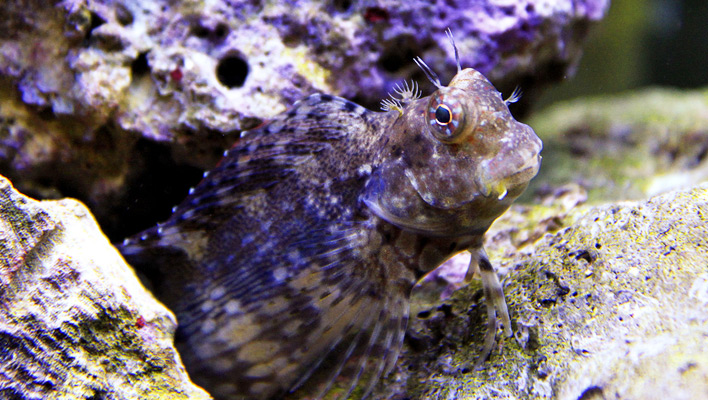Algae is one of the worst menaces of any aquarium, and a top reason people leave the hobby. Here are just 10 fish and invertebrates that can help to make our tanks more algae-free.
1. Algae blenny
The humble Algae blenny, Salarias fasciatus, was literally born to eat algae, diving face-first into every surface in the tank, from rocks, to the tank glass, and rasping algae, often leaving tell tail kiss marks on the glass. Algae blennies, also called Lawnmower blennies, and their cousins the Starry blennies work tirelessly to consume algae, to the point where we don’t recommend them for clean, algae free aquaria, and they can even risk starvation in some tanks, slowly getting thinner and wasting away. Ecsenius genus blennies make great algae grazers too, from Midas and Bicolor, to Tailspots.
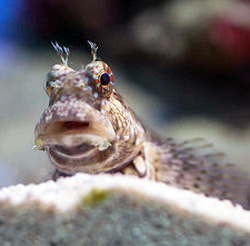
2. Zebrasoma tangs
The genus Zebrasoma includes many flagship aquarium tang species like the Yellow, Purple, Sailfin, Black, Scopas, and Gem tang, all of which are awesome algae eaters and very reef safe. If the ban ever lifts, you can’t go wrong with a Yellow tang, as they are bright, colorful, active, not too aggressive, and don’t grow too large. You can even buy them tank-bred. Or opt for a single Sailfin, Scopas, Purple, Black, or a Gem. If you want an easy life, opt for just a single specimen of Zebrasoma and they’ll spend their days grazing and catching the eyes of your visitors.
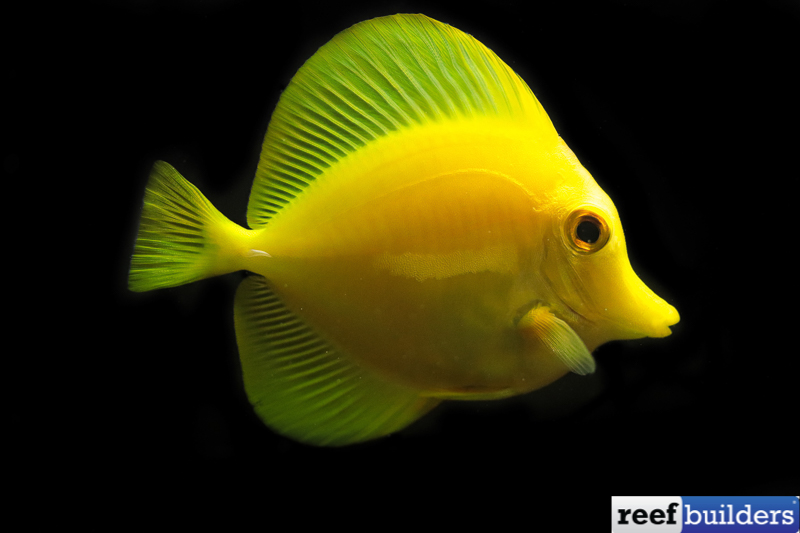
3. Rabbitfishes
Rabbitfishes are great grazers, being herbivorous and reef safe at the same time. The Foxface, Siganus vulpinus is the Rabbitfish of choice for most reef tanks, as it’s colorful, widely available, and relatively cheap. If you want something a bit more unusual choose a Onespot or Magnificent, and either a Goldspotted or a Virgate for very large reef displays. Again, keep just one for a trouble-free tank, and watch those dorsal spines as they’re venomous.

4. Acanthurus spp.
The Acanthurus genus of tangs and surgeonfish also contains terrific algae grazing species, and they are often seen doing exactly that on reefs in the wild. Quarantine first, but then choose either a Powder Blue, Powder Brown, Whitecheek, Achilles, or a Convict. Avoid A.lineatus and A.sohal in most tanks because of their 15” eventual size and increased aggression and territoriality as they grow.
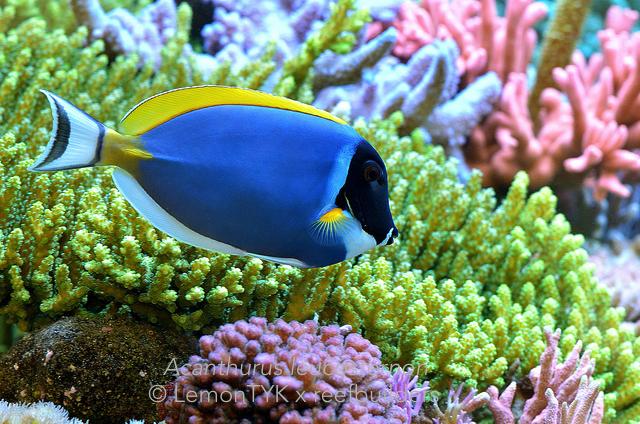
5. Bristletooth tangs
Bristletooth tangs from the genus Ctenochaetus are some of the best algae-eating fish for the reef aquarium, with a peaceful disposition as tangs go, and an insatiable appetite for algae. We hope to see the stunning Chevron tang and Kole tang return if the Hawaii ban ever gets lifted, but failing that, opt for a Tomini, Silverspot, or Whitetail. Large, aberrant Bristletooth tangs are entering the trade with increasing regularity, although their blotching may change or even disappear within days.
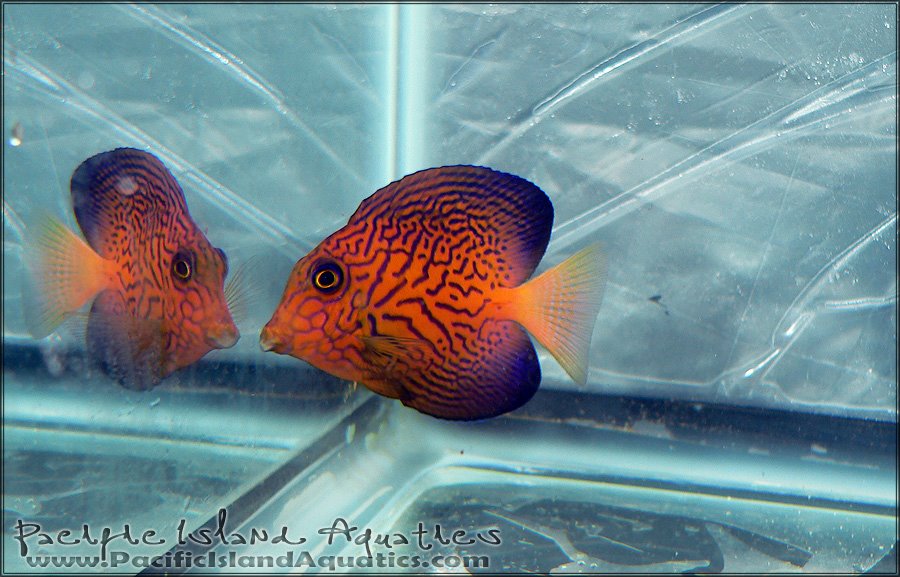
6. Snails
The humble sea snail can be found on coastlines and in rockpools around the world, grazing short forms of algae from smooth rocks. In the tropical marine aquarium, several genera are available including Tectus, Trochus, Turbo, and Astrea, and all do a good job of grazing algae from rocks and the tank glass. When added, they should be placed foot-down onto a smooth surface that they can adhere to and lock down on, as otherwise, they risk being flipped over and eaten by hungry hermit crabs. Give them good water conditions and good food, and they may even breed. The excellent Stomatella snail comes in on live rock and corals and can colonize and clean a tank for free.
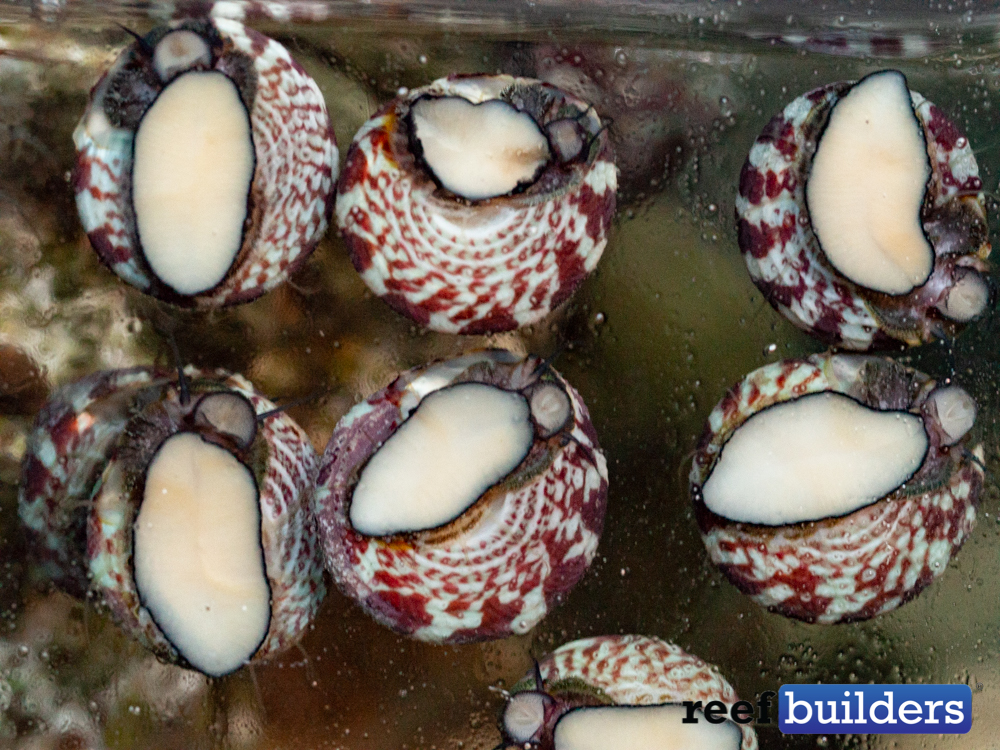
7. Hermit crabs
Hermit crabs should be added with caution if already using snails to graze, as these opportunistic omnivores will try to eat the snails and steal their empty shells to make their homes. If you can find the right, small, otherwise reef safe hermit crabs however, their constant foraging and grazing will have a positive effect on a reef tank in many ways, and we have tested their algae eating abilities when working in commercial livestock suppliers.
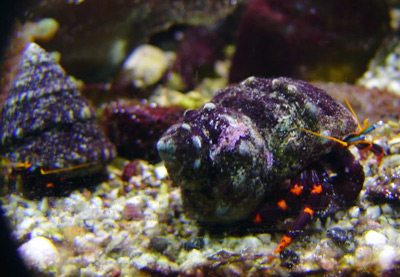
8. Urchins
Sea urchins are accomplished algae grazers, capable of tackling a range of algae and even calcareous, encrusting forms. They are prone to picking up debris and carrying it on their backs, some can be venomous, and some can even bite through cables, but in general, they have a positive, algae grazing role on larger reef tanks, and can clear rock surfaces of nuisance algae, making them suitable for corals to grow on and encrust.
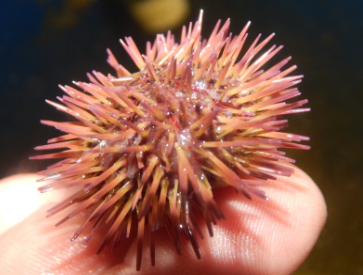
9. Sea Hares
Sea hares are relatively heavy-duty algae-grazing molluscs, which if put to graze on the right type of algae, can have a visible effect within just 24 hours. They are so effective in fact, that they can run out of algae to graze, but most stores will trade them back in and offer them to the next reefer with a bad algae problem. They have been known to get trapped on powerful wave pumps, proving fatal in some cases, and they release a red/purple ink when under stress. That’s why it’s best to place them on the algae you want them to graze and when they’re done, trade them in.
10. Copepods
Not new to the hobby, but newly utilitarian, live copepods can be dosed to new tanks suffering from diatoms and mother microalgae and can appear to clean up rockwork and substrates during the nuisance algae phase of new tanks. Fish will of course graze on them, and you need to add quite a lot to be effective, but regular addition can benefit reef tanks in many ways, with them also feeding corals and fish like Mandarins.
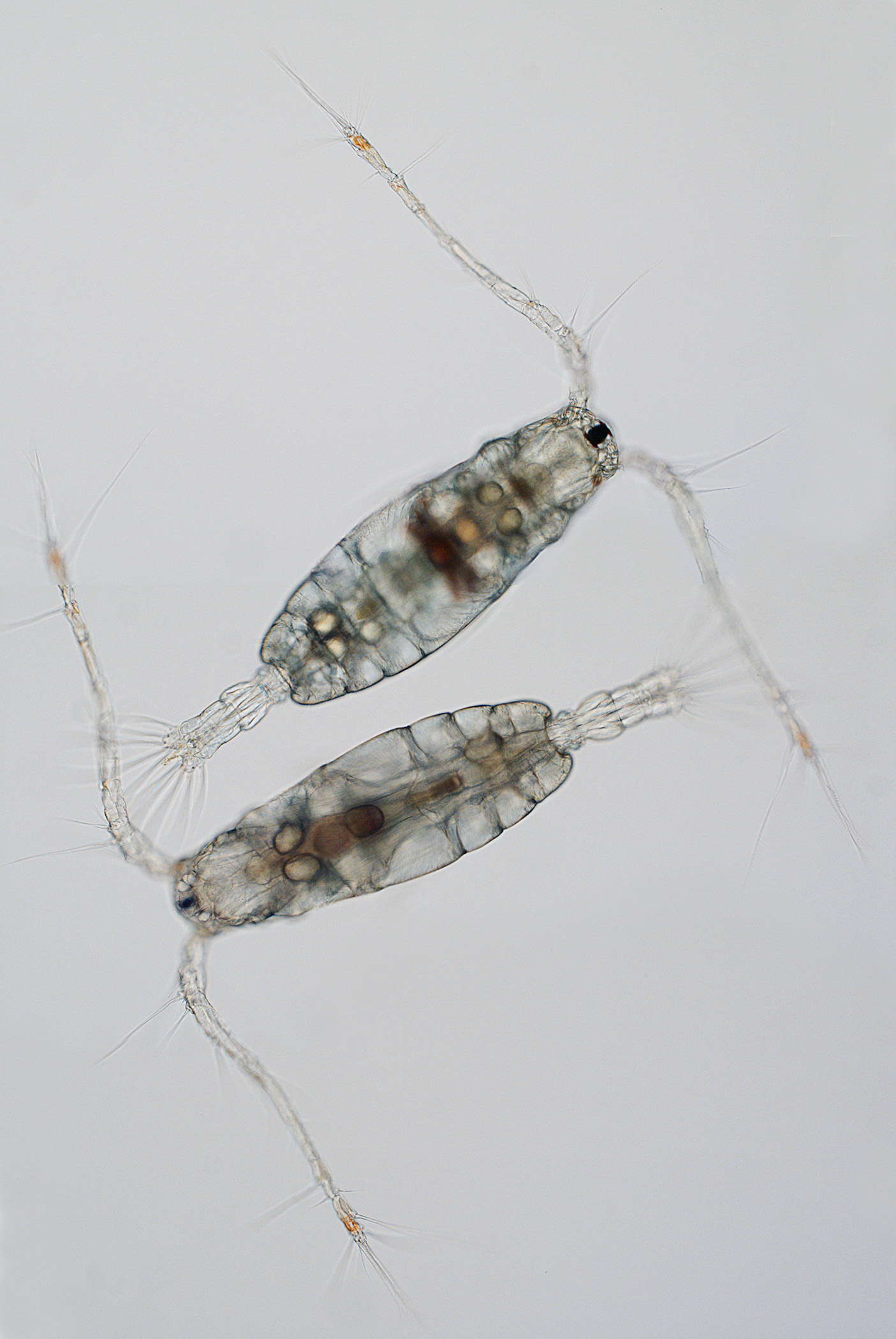
Disclaimer
Although all of the above are excellent algae grazers, they are often added to cure nuisance “algae” like Cyanobacteria, Diatoms, and Dinoflagellates. Few if any herbivorous fish or inverts eat these ugly phase plagues (apart from copepods,) as they offer them little nutrition and can even be toxic.
Nuisance algae should be dealt with in other ways, by managing flow, manual removal, managing nutrients (even increasing them in some cases,) and rapidly establishing a mature microbiome in the tank. Nuisance “algae” and the ugly phase do go eventually but don’t expect true algae grazers to survive on them.


